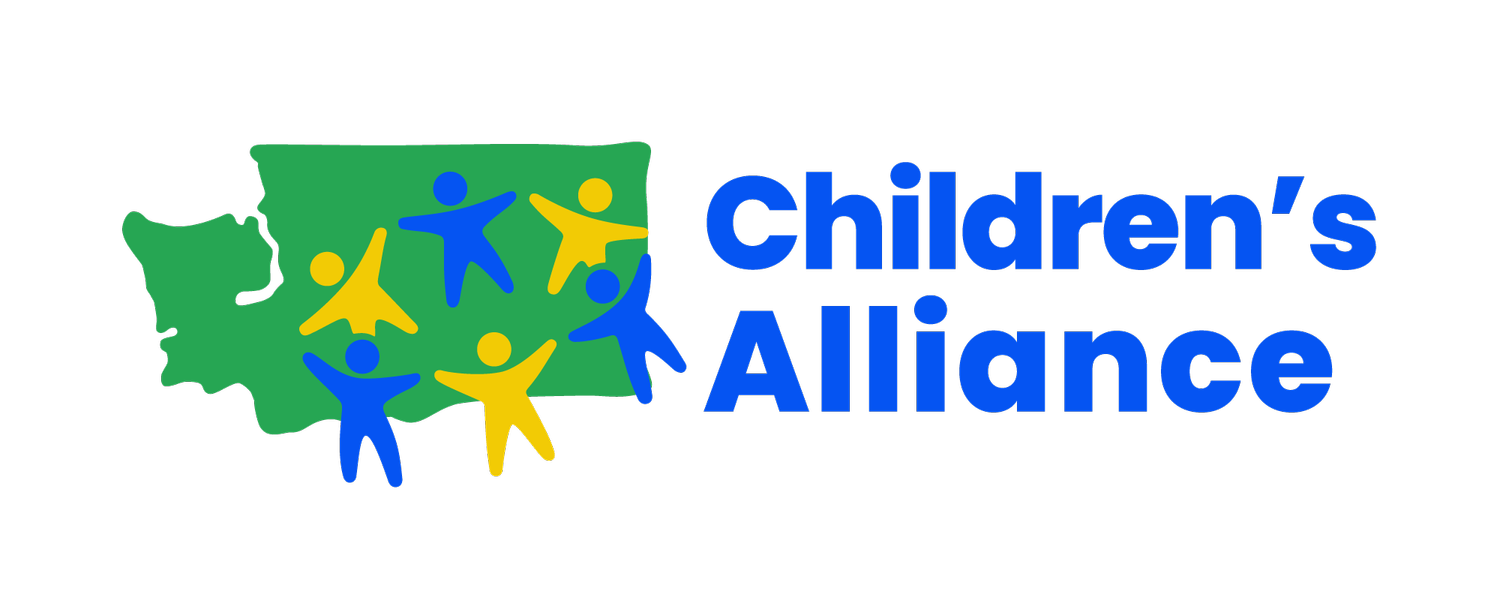ISSUE BRIEF: 431,000 YOUNG CHILDREN ARE GROWING UP IN DIVERSE COMMUNITIES ACROSS WASHINGTON
Understanding the "Young Child Population" Indicator: To drive meaningful change for kids and families, we rely on data indicators—specific, measurable pieces of information that show how children are doing across key areas like health, education, and economic stability. One foundational indicator in our KIDS COUNT® data project is the population of young children in our state, specifically, the number and share of children ages 0-4 in Washington and each county, disaggregated by race/ethnicity. This helps advocates and policymakers understand where young children live and how many may need access to early learning, child care, and family supports. Explore the data.
Overview
Washington state is home to approximately 431,000 children under age 5. Early childhood is a critical time for development, as children’s brains work faster than ever to make connections and form attachments. In fact, 90% of a child’s brain develops by age 5! Early learning programs offer unique expertise and resources to foster healthy development for each child. Understanding the diverse backgrounds of Washington’s early childhood population is an essential step to effectively advocate for a comprehensive prenatal-to-five system of care. Figure 1 shows Washington’s statewide demographics and highlights high-level trends.
Figure 1: Children under age 5 by race or ethnicity in Washington. Figures are based on American Community Survey data
Washington’s demographic concentrations vary across counties. For example, Map 1 below highlights Adams, Franklin, Grant, and Yakima counties’ significantly higher levels of Hispanic families compared to neighboring Kittitas, Lincoln, or Whitman counties. Similarly, Map 2 below shows that although less than 2% of young children in Puget Sound area counties identify as Indigenous, approximately 25% of children in Ferry County do. These quantitative numbers help point towards areas where local communities may prefer differentiated early learning resources that are linguistically and culturally appropriate. For example, in Ferry County, the Colville Tribes represent 12 distinct tribes, all of which have unique histories, heritage, and languages.
Children under age 5 by race or ethnicity - Hispanic (percent) - 2023
Click here to access the data and interactive map.
Children under age 5 by race or ethnicity - Non-Hispanic American Indian and Alaska Native (percent) - 2023
Click here to access the data and interactive map.
Past Work:
Children’s Alliance serves as the backbone organization for the Early Learning Action Alliance, a statewide coalition that collaboratively advocates for policies that can make high-quality early learning accessible to every child in Washington. In the 2025 legislative session, Washington faced a historic budget shortfall. The final state budget discontinued funding for many early learning priorities that are subject to appropriations. Some programs that lost funding, such as Early ECEAP (the Birth-to-Three Early Childhood Education and Assistance Program), had previously received consistent funding from the state.
The total cuts encompassed programs ranging from Early ECEAP to Reach Out and Read’s early literacy programs. Funding for the Tribal Early Learning Fund, which worked to ensure that Indigenous children have access to culturally appropriate early learning resources, was also not funded. Funding cuts in other areas may also mean that it is more challenging to provide resources that are linguistically accessible and include cultural representation due to cost.
Our team is working to identify community resources, uplift advocacy opportunities, and emphasize the need for policy decisions that ensure access for children who are otherwise situated furthest from opportunity.
Ongoing Work:
It is important that policies and programs are designed to foster a sense of belonging in early learning spaces. We are working to ensure that kids and families have access to high-quality early learning spaces by advocating for policies that make early learning more affordable for families and available in each community. We are also working to ensure that programs have the resources they need to ensure that children and families experience early learning programs that are linguistically accessible and culturally appropriate so that every child belongs.
———
You can find county-level data here!
KIDS COUNT® is a registered trademark of The Annie E. Casey Foundation., Inc., and is used with permission of the Foundation.



